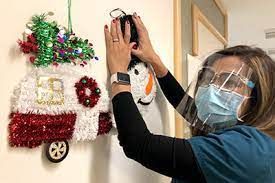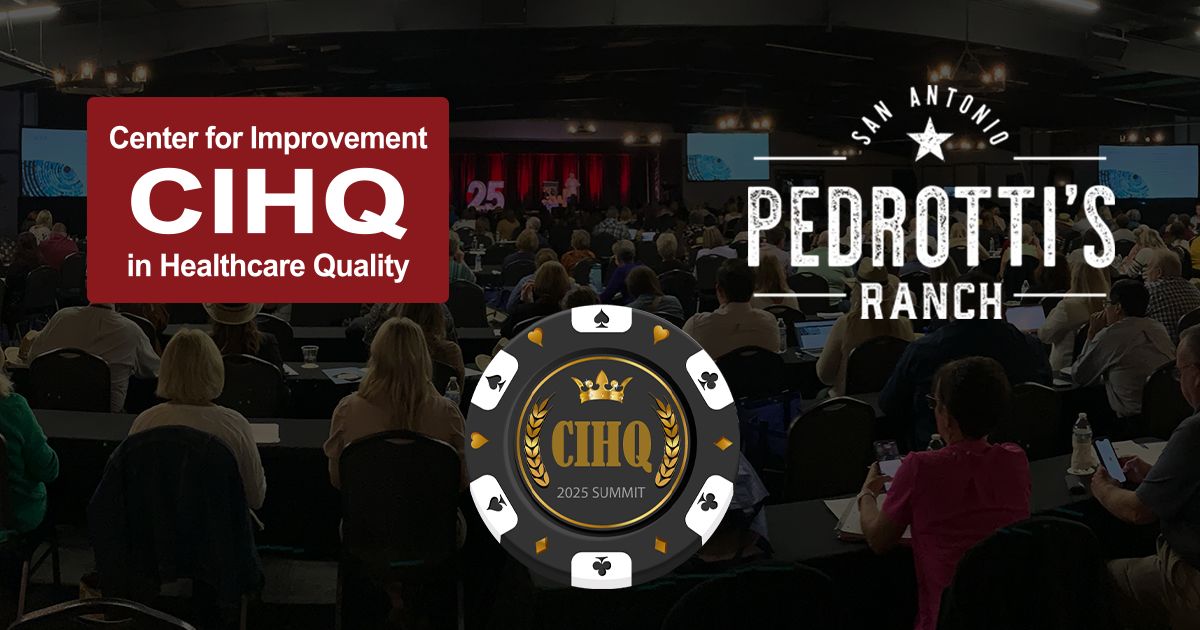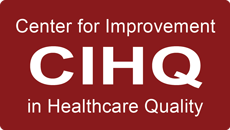Single Use and Manufacturer Recommendations
Two Definitions Your Staff Needs to Understand
november 2021
By Jody Randall MSN, RN, CIC, HACP-CMS, HACP-PE
CEO and Founder
Happy National Hospice & Palliative Care Month, National Patient Transport Week Nov. 1-7, Allied Health Professionals Week Nov. 6-12, National Radiologic Technology Week Nov. 6-12, National Nurse Practitioner Week Nov. 13-19 and Perioperative Nurses Week Nov. 13-19 from HCE!
Greetings
It is holiday time once again. With nationwide staffing shortages, the day-to- day challenges continue to grow. We would like to express our gratitude to all healthcare workers for their ongoing commitment to patient care. We hope this communication finds you and your families happy and healthy.
Infection Prevention Tips
Single use means single use! This is a controversial matter that commonly pops up in many healthcare organizations. Be sure to review the products that your organization uses to determine whether they can be properly cleaned and sanitized or if they are truly intended to be single use. This simply requires review of the manufacturers packaging. Although it seem pretty straight forward, if employees are not aware that items should be disposed after use, they will find creative ways to "clean" equipment and reuse items.
We have observed this behavior on countless occasions. It does not necessarily mean that there is ill intent or a lack of concerns on the employees behalf, they are simply not well informed or have not been educated about single use items. One observation always comes to mind with regard to single use. While conducting surveillance in a pediatric clinic, we interviewed a nursing assist who was "cleaning" otoscope covers. She went through her ten minute process with great pride and explained how she would soak the covers in hydrogen peroxide, rinse with water and leave them to dry. I thanked her for her thorough explanation an proceeded with the Director of Nursing to the supply closet to validate that the process was being done according to manufacturer recommendations. Upon review of the packaging we found that it was clearly labeled that the covers were intended to be single use only items. The Director of Nursing promptly educated her team about single use only items and disposal after use. The Nursing Assistant truly believed that she was effectively cleaning the otoscope covers. There was no ill intent just lack of education.
You will also hear employees discuss reuse of items to "save money". In a busy pediatric clinic where many children are seen for ear infections, you can imagine how quickly infection might spread due to reuse of covers that were never intended to cleaned or reused. Be sure to check you supply closets and educate your team members!
Healthcare Quality Improvement Tips
Manufacturer Recommendations are also commonly not followed in healthcare facilities. Once again, this is not because team members disregard the recommendations; they are simply not aware or have not been educated on the topic. One item that comes to mind is reusable blood pressure cuffs. Not all facilities are equipped with single use cuffs. These items are okay to be reused but facilities must comply with the manufacturer's recommendation for proper cleaning of the equipment. This process typically requires soaking or rinsing the item in a cleaning solution for several minutes and then allowing it to air dry. In a busy healthcare setting this is not practical. You will commonly find team members wiping these items with Sani Wipes. Although there is good intent to clean and sanitize these items, keep in mind that they are covered in nylon cloth and bacteria will seep through the material. Wiping the exterior surface with a Sani Wipe will not achieve the manufacturer's recommendation for proper cleaning and disinfection.
Manufacturer recommendations will also dictate if preventative maintenance is required on equipment. Additionally, these recommendations might also include the frequency in which the maintenance should occur. Be sure to review these requirements and document when the maintenance has been completed. You will be asked to produce this documentation during a survey but more importantly you will be able to demonstrate that you are adhering to manufacturer recommendations in the interest of patient safety.
Please also keep in mind that if your facility does not adhere to manufacturer recommendations, you may also void any warranties you have on the equipment. Our colleagues in a very large health system faced this same issue. After purchasing equipment for a new hospital, improper cleaning of the new equipment voided the warranty and damaging the equipment purchased for $100k after only six months!!
In Summary
We are here for you! We understand the challenges that healthcare organizations face on a daily basis. Let us know how we can help your organization improve. To all the healthcare heroes out there, we want to wish you and your families a very Happy (and safe) Thanksgiving!





